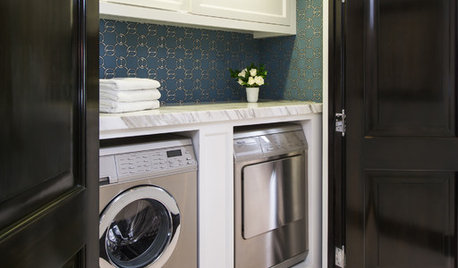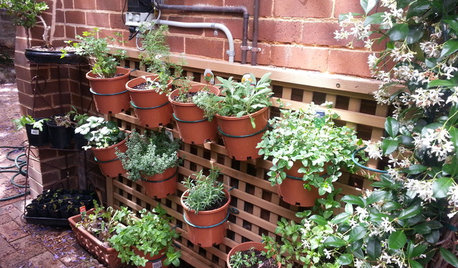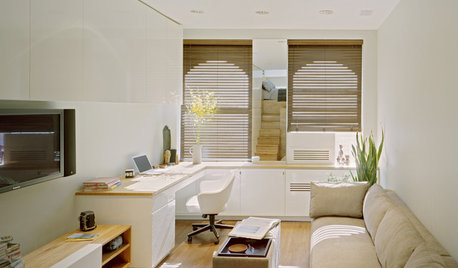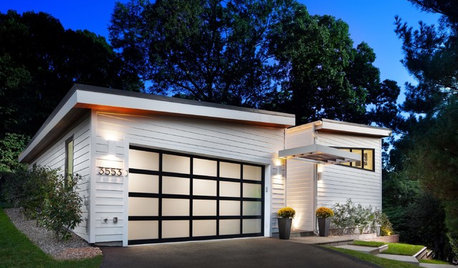the future of hydroponics
grizzman
15 years ago
Related Stories

EVENTSOn Show: Weird, Wondrous Science Meets Design
Houses grown, not built. Power-generating soil. And snail poop that ... well, see for yourself in our coverage of a new Rotterdam exhibit
Full Story
LAUNDRY ROOMSHouzz Call: Show Us Your Wonderfully Efficient Laundry Room
Got a drying rack, a folding table or clever storage in your laundry room? We want to see it!
Full Story
FARM YOUR YARDHow to Grow Vegetables in Containers
Get glorious vegetables and fruits on your patio with a pro’s guidance — including his personal recipe for potting mix
Full Story
FARM YOUR YARD14 Crazy Places to Grow Edibles
Some Houzzers may lack ground for gardening, but they’re never short on imagination
Full Story
GARDENING GUIDESLush, Foodie Abundance in a Small Urban Garden
This modest backyard garden provides its owner with fruit and vegetables all year round, thanks to an innovative low-maintenance approach
Full Story
GARDENING GUIDESWhat Are Your Spring Gardening Plans?
Tearing out the lawn? Planting edibles? Starting from scratch? Tell us what you plan to change in your garden this year
Full Story
SMALL HOMESCan You Live a Full Life in 220 Square Feet?
Adjusting mind-sets along with furniture may be the key to happiness for tiny-home dwellers
Full Story
FLOORSIs Radiant Heating or Cooling Right for You?
Questions to ask before you go for one of these temperature systems in your floors or walls (yes, walls)
Full Story
HERBSHerb Garden Essentials: How to Grow Chives
This decorative and delicately flavored herb from the onion family is easy to grow indoors and out
Full Story
GARAGESKey Measurements for the Perfect Garage
Get the dimensions that will let you fit one or more cars in your garage, plus storage and other needs
Full StorySponsored
More Discussions






wasserhund
chuck
Related Professionals
Lyons Landscape Architects & Landscape Designers · Mitchellville Landscape Architects & Landscape Designers · Finneytown Landscape Architects & Landscape Designers · Matthews Landscape Contractors · Bainbridge Island Landscape Contractors · East Chicago Landscape Contractors · East Lake-Orient Park Landscape Contractors · Lynchburg Landscape Contractors · Oviedo Landscape Contractors · Oxnard Landscape Contractors · Setauket-East Setauket Landscape Contractors · Severna Park Landscape Contractors · South Portland Landscape Contractors · Wells Landscape Contractors · Winter Gardens Landscape Contractorschuck
hydroponica
greystoke
grizzmanOriginal Author
hydroponica
grizzmanOriginal Author
hydroponica